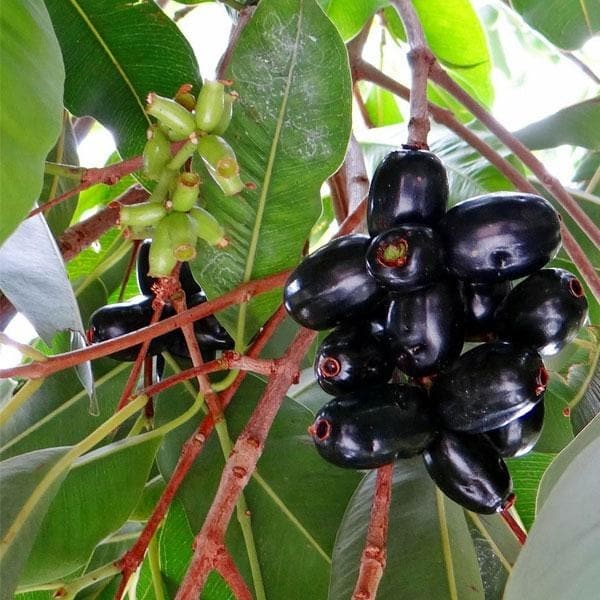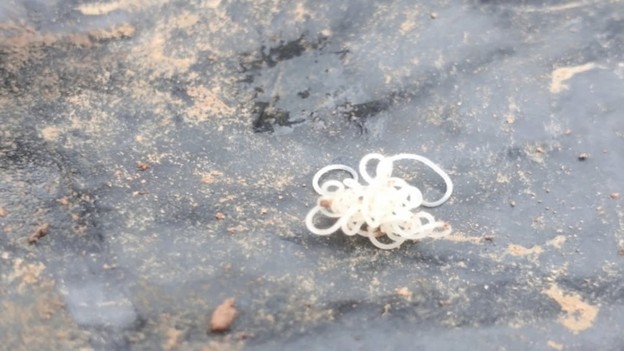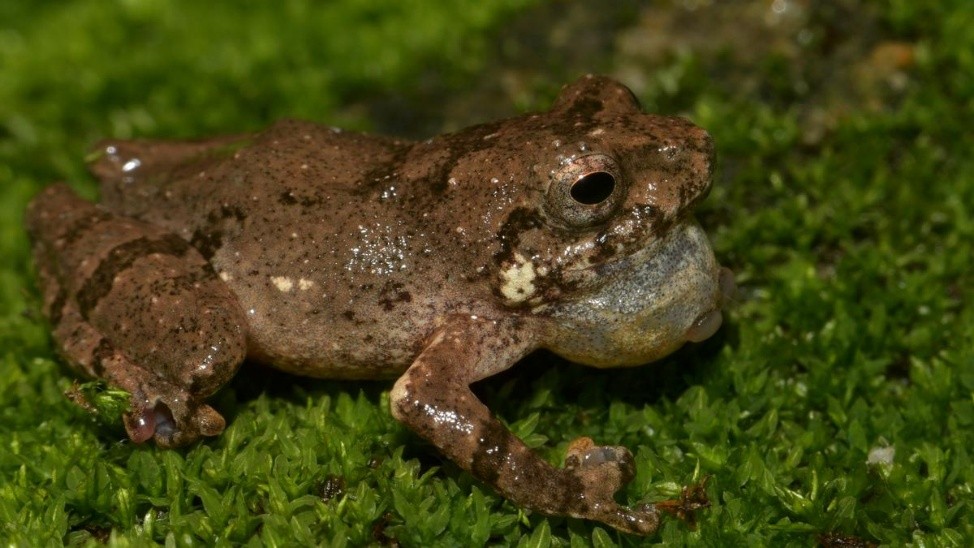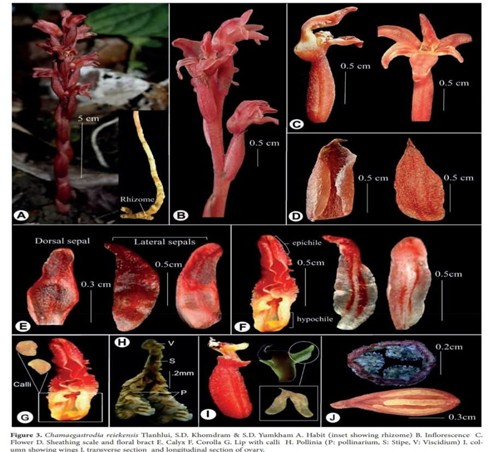Description

Disclaimer: Copyright infringement not intended.
Context
- Researchers at the Indian Institute of Science Education and Research, Bhopal have completed the first-ever genome sequencing of the jamun tree.
Jamun Tree
- Jamun Tree (Syzygium cumini) commonly known as Malabar plum is an evergreen tropical tree in the flowering plant family Myrtaceae.
- It is native to the Indian subcontinent and Southeast Asia, including Myanmar, Sri Lanka, Bangladesh and the Andaman Islands.
- It is cultivated in the tropical and subtropical regions of the globe.
- It can reach heights of up to 30 meters and can live more than 100 years.
- A rapidly growing plant, it is considered an invasive species in many world regions.
- The wood is water resistant after being kiln-dried. Because of this, it is used in railway sleepers and to install motors in wells.
- The fruit of Syzygium species is described as "drupaceous". A drupe is a type of fruit in which an outer fleshy part surrounds a shell with a seed inside.
- Jamun is known for its medicinal properties, fruits, and ornamental value.
- The plant contains glucosides, another class of metabolites that prevent the conversion of starch into sugar. Hence, it has anti-diabetic properties.
- Jamun has a low glycaemic index and alleviates diabetic symptoms such as excessive urination.

Genome Sequencing of Jamun
- Jamun is the largest genome to be sequenced from the world’s largest tree genus, syzygium.
- The jamun genome has a higher number of coding genes resulting from gene duplication events compared to the other two sequenced species from this genus, which points towards a neopolyploidy event in the jamun species. This duplication of genes can allow jamun to acquire novel functions.
- The Research, revealed the key genes involved in facilitating the adaptive evolution of Jamun. Among these, 14 genes allow for the biosynthesis of terpenoids, which are a diverse class of metabolites that are responsible for plant defense responses.
- These also contribute significantly to the anti-oxidant and anti-inflammatory properties offered by the tree’s leaves and seeds.
- Moreover, alkaloids, another type of metabolite, are also abundantly found in different plant parts and offer curative properties against many diseases. This combination of alkaloids along with flavonoids is what gives the plant its anti-arthritic properties, the researchers suggest.
- Jamun also has various genes that make the plant rugged and improve its stress tolerance to factors like weeds and insects that induce damage, heat stress, salinity, and drought. This points to remarkable adaptive evolution in Jamun.
- Thus, the new Research helped in gaining new functional and evolutionary insights from the jamun genome, which could be responsible for the wide range of pharmacological properties of this species conferred by bioactive compounds that act as nutraceutical agents in modern medicine.
- The adaptive evolution of major plant secondary metabolism pathways in S cumin species confers unprecedented antidiabetic, antioxidant, anti-inflammatory, and other pharmacological properties of this tree.
- Further, the whole genome sequence of S cumini will facilitate future genomic, evolutionary, and ecological studies on the world’s largest tree genus.
|
PRACTICE QUESTION
Q. Consider the following statements:
1.Jamun has a low glycaemic index and alleviates diabetic symptoms such as excessive urination.
2.The wood of Jamun Tree is water resistant so it is used in railway sleepers and to install motors in wells.
3.It is considered an invasive species in many world regions.
Which of the above statements is/are correct?
A) 1 and 3 only
B) 2 only
C) 3 only
D) All
Answer: D) All
|
Array
(
[0] => daily-current-affairs/jamun-tree
[1] => daily-current-affairs
[2] => jamun-tree
)
















